
It’s a brand new year. Thus, we’ll be having a lot of new devices to review. First off the chopping block this year is the ASUS ZenFone Max Plus M1. Teased back in December last year, the Max Plus aims to bring their lineup of battery-focused line of smartphones into the modern era. This means that it’ll have the trending features; an 18:9 display and facial recognition. Let’s have a look at what ASUS touts as the “Battery King.”
ASUS ZenFone Max Plus M1:

| Chipset | MediaTek 6750T octa-core 1.5GHz |
| Screen | 5.7-inch, 2160 x 1080 display, 18:9, 2.5D Glass |
| RAM | 4GB |
| OS | Android 7.0 Nougat with ZenUI 4.0 |
| Rear Camera | 16MP f/2.0 + 8MP f/2.4 (wide-angle), AF, LED Flash |
| Front Camera | 8MP with screen flash |
| Storage | 32GB expandable via microSD slot |
| Network | Dual-SIM, 4G LTE |
| Connectivity | Wi-Fi, Bluetooth 4.2, GPS, A-GPS, Gyroscope, Fingerprint Scanner, Face Unlock |
| Battery | 4,130mAh |
Unboxing

Design and Features

Nothing really revolutionary has changed in the of the ASUS ZenFone Max Plus M1. It still retains the same, minimalist style of its predecessors. What’s new, however, is its 5.7-inch 2160 x 1080 2.5D glass screen. Due to its resolution and size, it has a PPI of 423 that allows it to display crisp images. Unlike its predecessor, the ZenFone 4 Max, the Max Plus’ display doesn’t have any kind of color shifting when viewed in odd angles. You might also notice that the bezels are a bit larger compared to other 18:9 smartphones. But like other 18:9 devices, ASUS has integrated the navigation keys to the display for a more efficient use of real-estate. Despite its bezels, the screen saves itself by being bright and accurate with color reproduction.
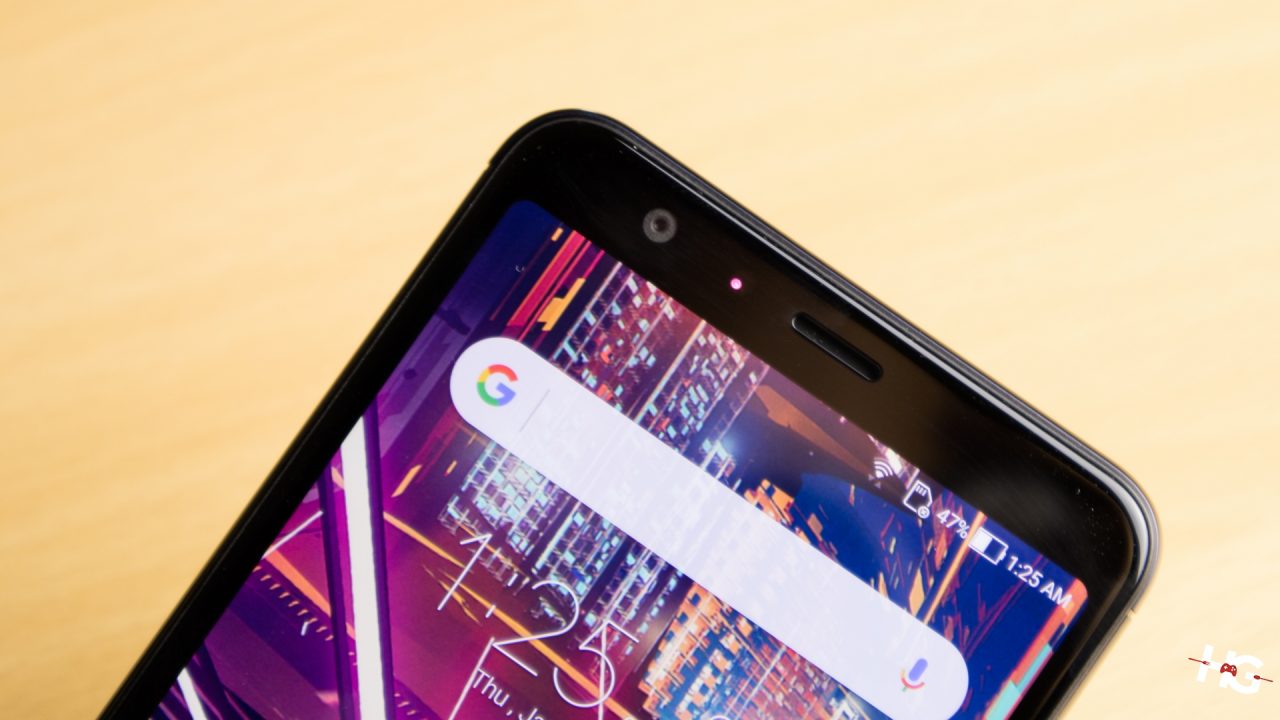
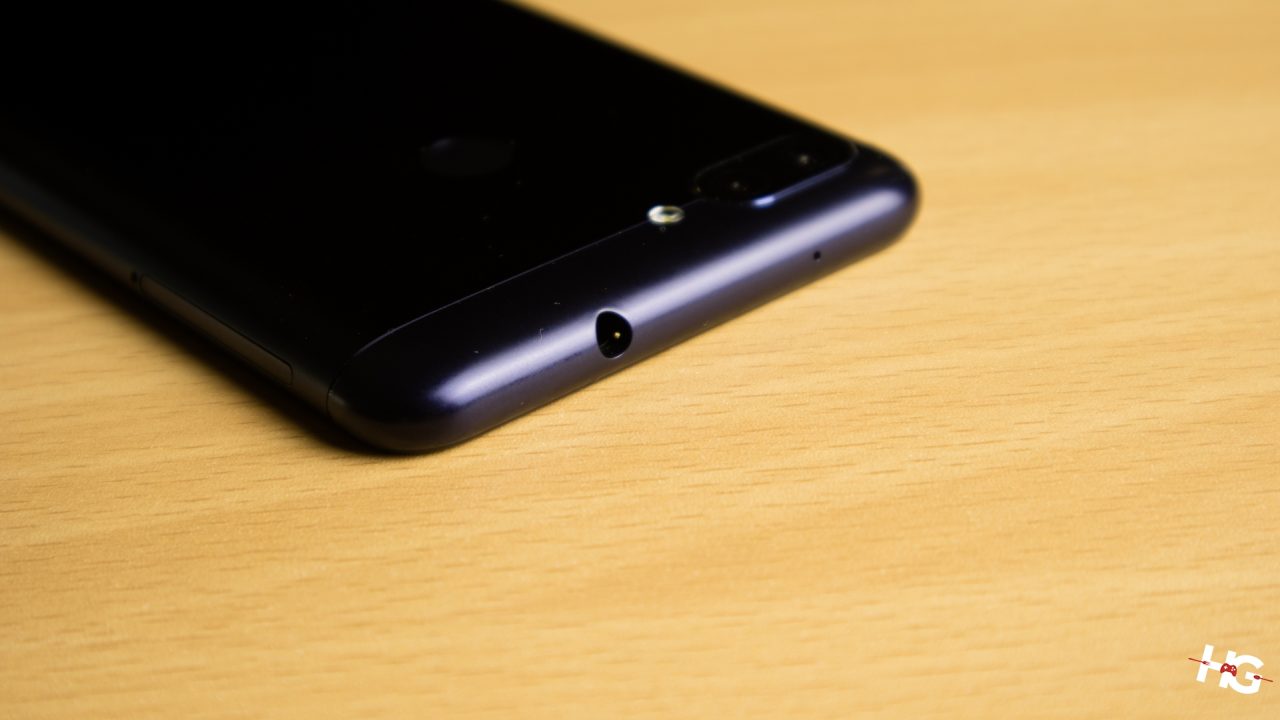
The front is augmented by the Max Plus’ 8MP selfie camera with screen flash. Alongside it is the speaker grille and a light sensor. Further up to is a 3.5mm audio jack.
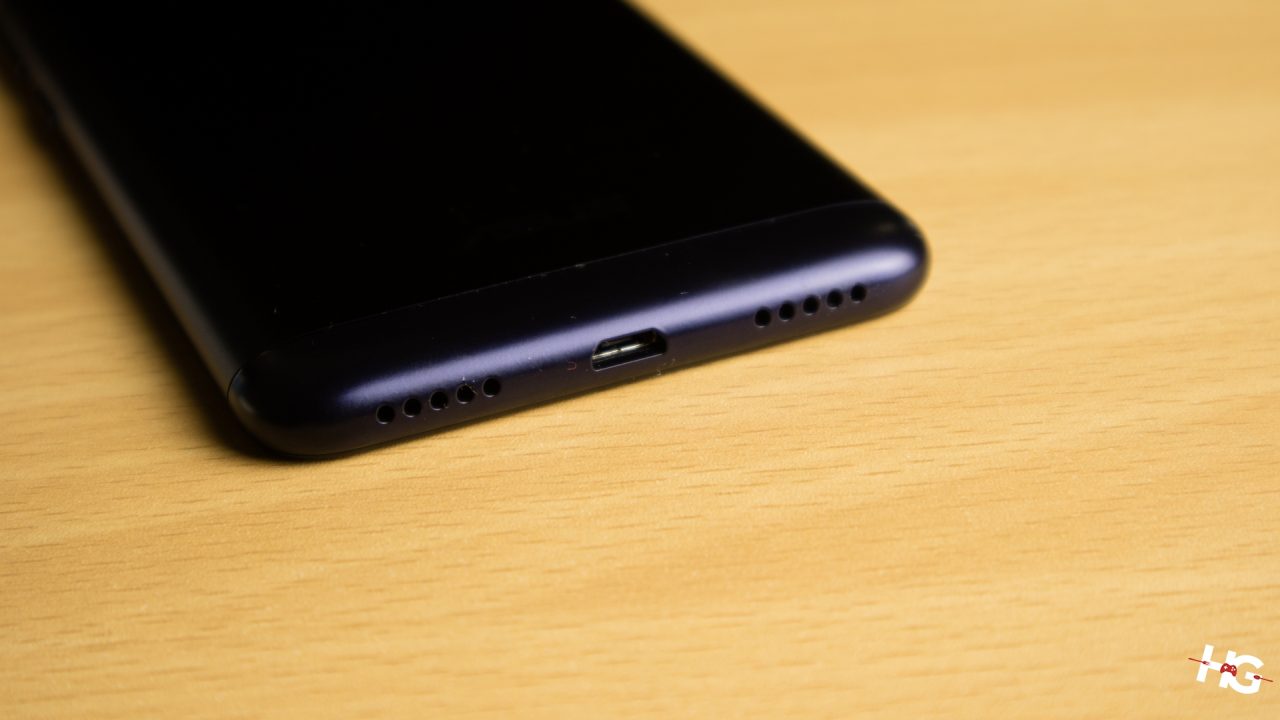
Down south is the Max Plus’ microUSB connection and two speaker grilles for the microphone and bottom-firing speaker. We would’ve liked a Type-C connection as its being adopted by more and more devices.
The volume rocker and power button are found on the right-hand side of the Max Plus. They offer good resistance without being too hard, while also producing decent tactile feedback when pressed.
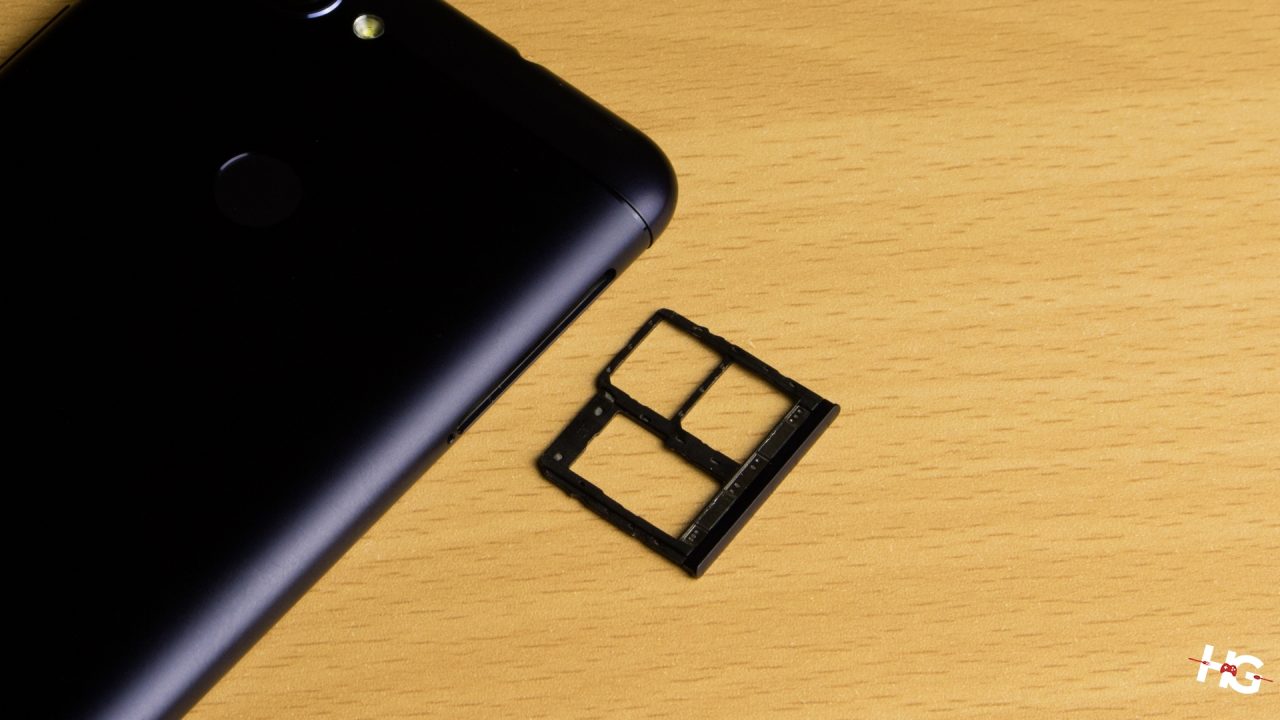
The Triple-SIM tray of the handset can be ejected at the left-hand side using the included SIM tray ejector. Since it is a Triple SIM tray, you can use two SIM cards alongside a microSD card if you want to expand the 32GB internal storage of the Max Plus.
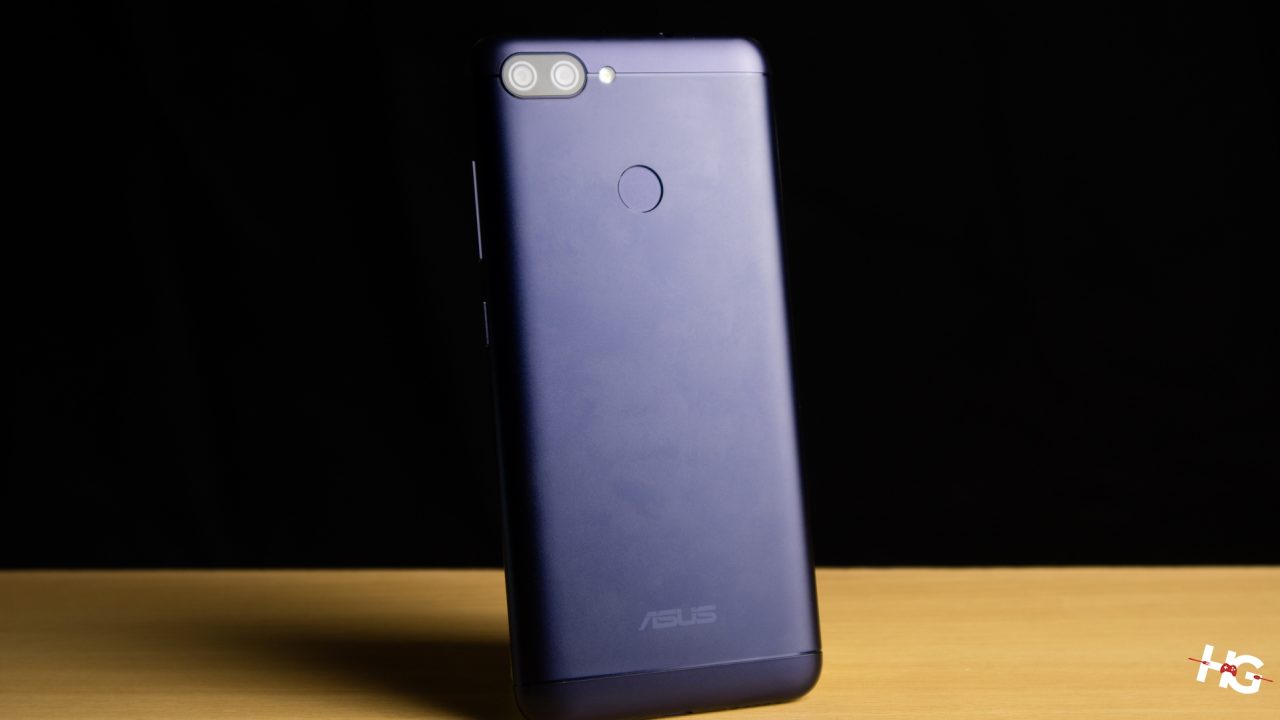
The back is made out of plastic but it’s been designed to feel premium. The solid rear is only broken by the antenna bands, the cameras, and the fingerprint sensor.
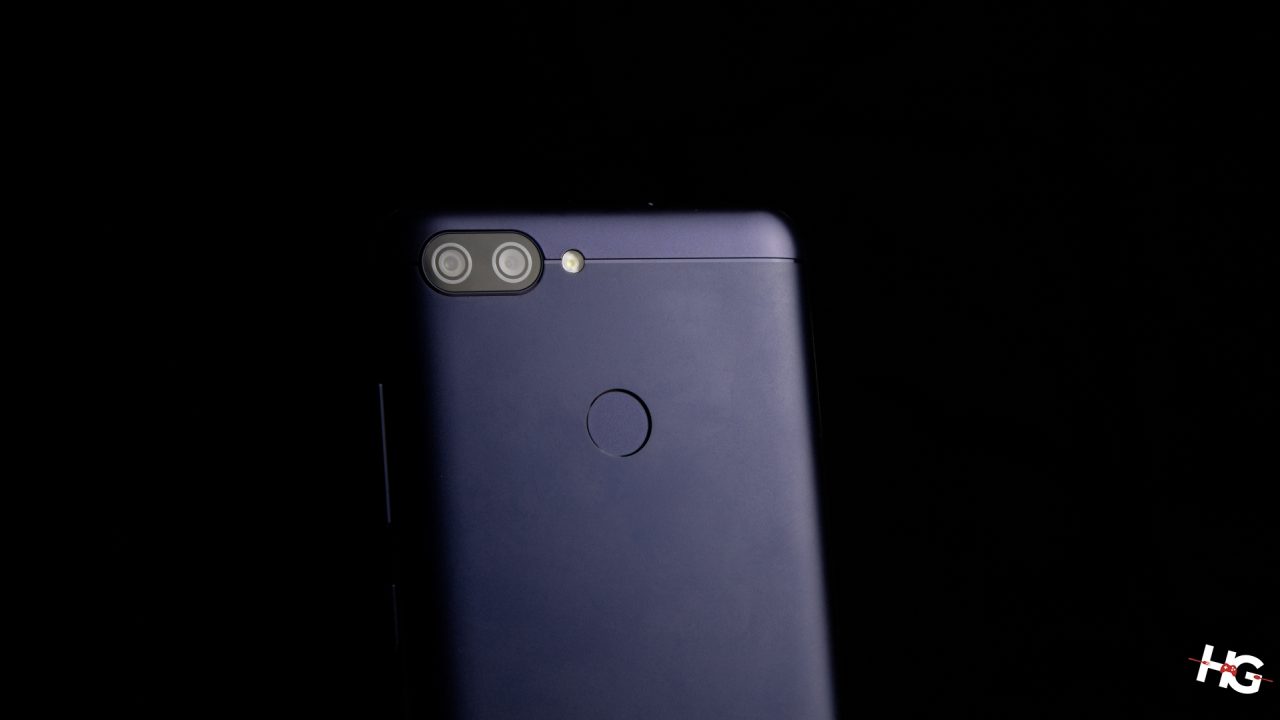
The ZenFone Max Plus M1 employs dual cameras with the main camera being a 16MP f/2.0 shooter backed up by a wide-angle 8MP f/2.4 camera both are backed by autofocus and an LED flash.
True to its lineage, the ZenFone Max Plus M1 is a little bit thicker compared to the competition. This is especially so the Max Plus since most 18:9 smartphones such as the OPPO F5, Vivo V7, and Huawei Nova 2i. This is due to its 4,130mAh battery, which should make a great trade-off for a bit of daintiness for more power.
User Interface
The ASUS ZenFone Max Plus M1 uses the ZenUI 4.0 present with their current crop of ZenFone 4 smarthpones. The Max Plus, however, is still running Android 7.0 Nougat but we expect that it will get an Android 8.0 Oreo update soon.
As staple of the ZenUI 4.0, there’s barely any bloatware in the Max Plus, which allows it to run at tip-top condition. As with the UI, it still remains familiar yet throwing in new features such as split-screen as well as Face Recognition.
Speaking of its Face Recognition as a security means, it does work; most of the time. There are times that it would simply not work requiring us to use our set PIN code or the fingerprint scanner. It’s especially noticeable when you’re in dim conditions.
Entertainment

The 18:9 display of the ZenFone Max Plus M1 delivers a cinematic experience whenever we’re watching movies or shows. Gone are the black bars from movies allowing you to immerse yourself in the drama. Together with its good brightness and color accuracy, it delivers one of the most satisfying watching experience in a smartphone in recent memory.
The bottom-firing speaker, however, is a different story. It’s loud and the bass is decent. That’s about all I can positively say about it. The highs are tinny and harsh. You’ll probably turn down the volume in order to get slightly passable experience. Just use the included in-ear earphones.
Camera
The ASUS ZenFone Max Plus’ camera app delivers all that you would expect from ASUS. Included are options like Pro, Panorama, Super Resolution, Time Lapse, Beauty, GIF, and 9 different filters. All these can be accessed by swiping up or down while in the camera app.
The smartphone comes with dual rear cameras: a 16MP f/2.0 main and an 8MP f/2.4 wide-angle secondary. These cameras work much like the ZenFone 4 Max’s cameras. The 16MP main offers good details and colors in photos. The 8MP secondary, however, lets you get more in your photo but due to its low pixel count, details are lost when viewed up close. Colors tend to be washed out and lackluster, too.
The 8MP front-facing camera takes middling photos with undersaturated colors. It’s passable, however, you might want to back off the beautification on the selfies since it does smooth your face too much.
Performance and Benchmarks
The ASUS ZenFone Max Plus has a MediaTek 6750T SoC inside clocked at 1.5GHz unlike the ZenFone 4 Max, which had a Qualcomm Snapdragon 430. Despite the former having 100MHz over the latter’s SoC, the Max Plus still trailed behind the benchmarks by a few points.

With our usual suite of benchmarks, the Max Plus was able to get a score of 42477 in AnTuTu benchmark and 3243 in PCMark’s Work 2.0 compared to the 43830 and 3629 of the ZenFone 4 Max.
Despite this gap, the ZenFone Max Plus still ran smoothly. We rarely got any performance hiccups in day-to-day tasks. Although you might want to tone down some graphical settings in some games.
Battery Life
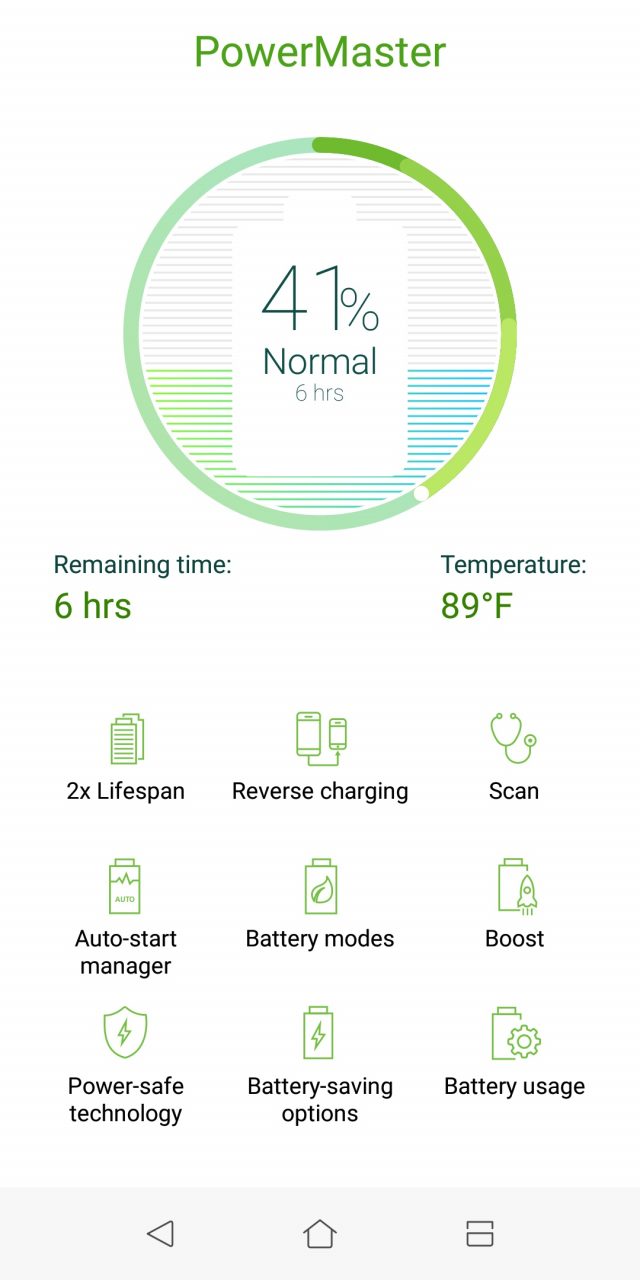
This is where things get interesting. The ZenFone Max Plus only has a battery capacity of 4,130mAh compared to 5,000mAh of the ZenFone 4 Max. The Max Plus also has a larger and higher resolution screen. In spite of these, 4,130mAh is still a pretty massive battery for a smartphone so you would think that the Max Plus would only take a couple of hours of the battery benchmarks, yes?
Well, almost. Based on our tests, the ZenFone Max Plus M1 can last up to 12 hours and 23 minutes on our PCMark Work 2.0 test. That’s 3 hours less compared to the 15 hours of the ZenFone 4 Max. On the real world, however, ASUS’ latest battery-focused smartphone can last up to two days under medium use.
Of course, you can preserve the battery life of the smartphone by using ASUS’ PowerMaster app. This allows you to save some battery life as well as change auto-starting apps. You can even preserve the battery even more with the 2x Lifespan option. To be clear, the 2x Lifespan option doesn’t lengthen the number of hours that your smartphone can be turned on, but it preserves the battery so it can do more charging cycles.
Conclusion
Based on our experience with the ASUS ZenFone Max Plus M1, it’s basically an improved version of the ZenFone 4 Max with an 18:9 display. The screen is leagues beyond its predecessor while performance of the MediaTek 6750T is almost on par with the older Qualcomm Snapdragon 430 of the ZenFone 4 Max. Realistically, you’ll be hard-pressed to see any real life performance difference between the two.
As far as the camera goes, the 16MP main camera as it takes decent-colored, detailed photos under good lighting. The 8MP wide-angle shooter, however, leaves a lot to be desired. With washed-out colors and a low pixel count, you’ll probably better off by sticking with the 16MP camera.
For the battery we definitely have a contender for one of the most battery efficient 18:9 smartphones in the market. Of course, the ZenFone 4 Max still has the crown but, the ZenFone Max Plus M1 has higher specifications and a better, 2160 x 1080 screen.

In conclusion, despite its lackluster wide-angle camera, the ZenFone 4 Max Plus M1 has a lot going for it: it’s gorgeous 18:9 display, decent-performing 16MP main camera, and a battery that lasts for two days. For these reasons, we’re going to give the ZenFone 4 Max Plus M1 our value-packed award.
